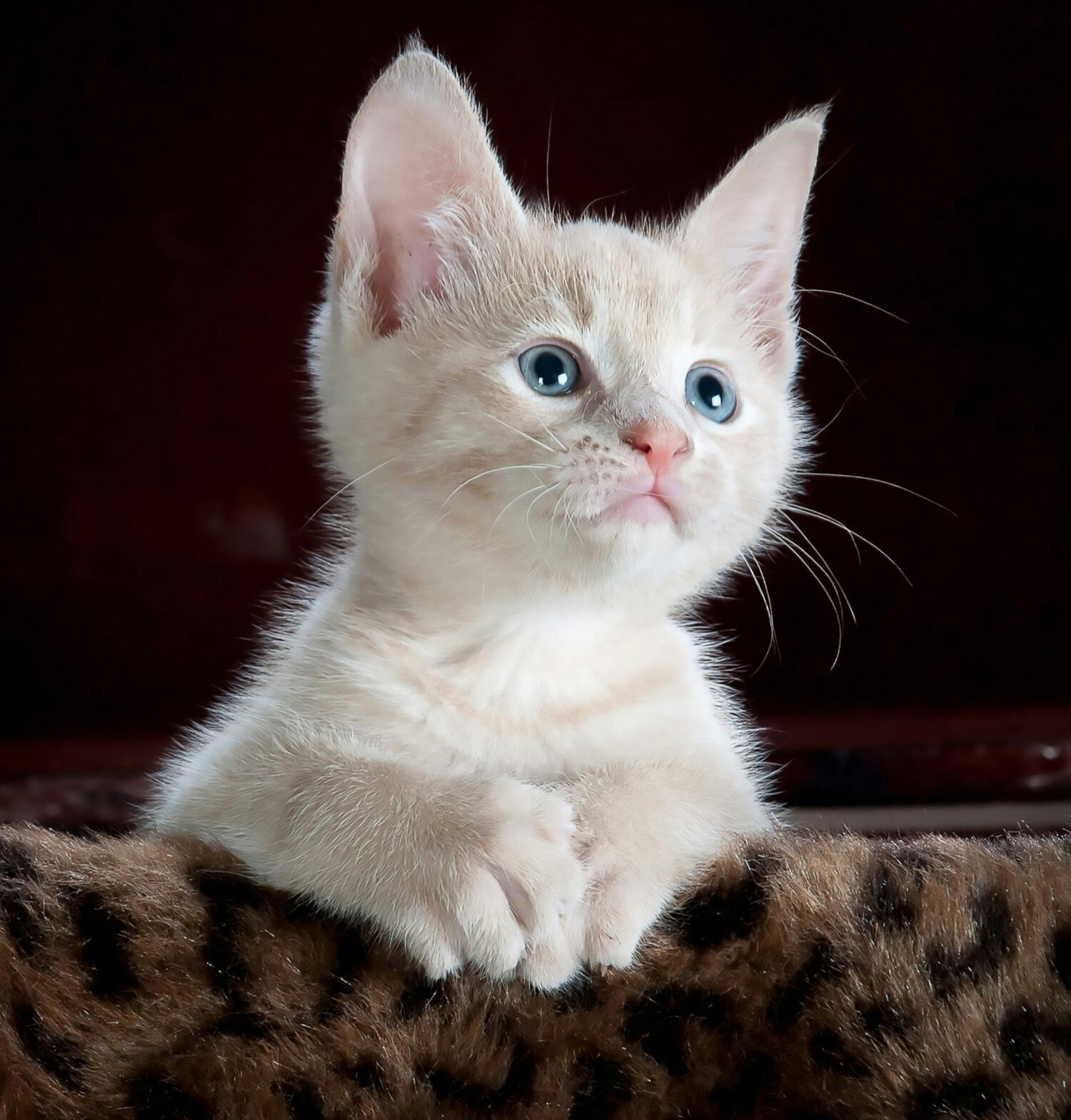Physicist Develops Equation to Model Cat Behavior Around Humans
Dr. Anxo Biasi, a physicist from the Galician Institute for High Energy Physics, has claimed a breakthrough in an unlikely frontier of scientific inquiry: the behavior of cats in the presence of humans. Taking inspiration from his background in classical mechanics and his observations of his own cat, Emme, Biasi has formulated an equation that could revolutionize how we understand feline motion—at least from a physics perspective.
Cats have long been associated with physics, thanks in part to Erwin Schrödinger’s famous thought experiment involving a quantum cat in superposition. Whether it’s the mysterious grace with which cats land on their feet or their peculiar ability to occupy both liquid and solid states (which earned researchers an Ig Nobel Prize), the bond between felines and advanced science has fascinated us for decades. However, Biasi suggests there’s more to uncover. His equation, he explains, provides a fun and relatable entry point for understanding classical mechanics.
“This project began as a lighthearted idea for April Fools’ Day,” says Biasi. “But it quickly became clear that the equation could be a valuable teaching tool for physics students.” Using his own cat, Emme, as the primary subject of his study—assisted by anecdotes from friends—Biasi identified seven key patterns in feline behavior to develop his model.
The Foundation of the Formula
Biasi’s hypothesis is that “cats behave as though they perceive a force around humans.” To model this behavior, he places the human at the center of the coordinate system (x=0) and considers the cat’s position as x. Using classical Newtonian mechanics, he begins with the equation:
[ m frac{d^2x}{dt^2} = – frac{dV(δ)_{cat}(x)}{dx} – epsilon frac{dx}{dt} ]
Here, ( m ) is the mass of the cat, ( epsilon ) represents the drag coefficient of feline fatigue, and ( V(δ)_{cat}(x) ) represents the potential field induced by human interaction.
From this foundation, Biasi adds layers of complexity based on observed behaviors, including purring, nocturnal energy surges (commonly referred to as zoomies), and the propensity for cats to resist answering calls. By tweaking the formula, he illustrates how different behaviors can be modeled mathematically.
Purring: A Self-Reinforcing System
One example of Biasi’s approach is his treatment of purring. Purring, he suggests, is an instance of a positive feedback loop: when a cat purrs in response to being petted, it encourages humans to continue petting the cat, thus sustaining the process. He notes that this phenomenon, while a charming interaction between species, may have delayed countless people—perhaps even physicists—potentially stalling significant breakthroughs in science as humans succumb to the irresistible allure of a purring cat.
High and Low Energy States
Biasi groups feline behaviors into categories of low and high energy. Low-energy behaviors include sitting on laps, head-butting, and a general sense of aloofness. These are modeled using relatively stable, predictable equations. In contrast, high-energy behaviors, such as the infamous nocturnal zoomies—or “Periods of Frenetic Random Activity” (PFRA)—require the introduction of stochastic processes. To capture the randomness inherent in these bursts of chaos, Biasi adds a term, ( sigma f(t) ), and employs the Euler-Maruyama method, a mathematical tool often used to model Brownian motion.
During these nocturnal episodes, even the cats themselves seem unsure of their next moves, making randomness an essential part of the equation.
The Role of Emme, and a Nod to Cat Physics
While Biasi is listed as the sole author of his paper, he does express gratitude to his cat, Emme, for providing both inspiration and raw data—although some might find it peculiar that her contributions are relegated to the acknowledgments rather than shared authorship. This oversight recalls an outdated era when contributors, particularly women (and now, perhaps, cats), were routinely underrecognized in academic work.
Another potential limitation of the research is its reliance on classical physics, treating the cat as a point particle obedient to Newtonian laws. Given the long-standing association of cats with quantum mechanics—thanks to Schrödinger’s cat—this simplification may disappoint those hoping for a deeper quantum treatment. Biasi acknowledges this, noting that his equations “are not universal” and may not apply to all cats or situations.
Still, for those intrigued by the connection between feline antics and physics, Biasi’s work offers an engaging entry point. He invites others to test his formulas with their own cats and judge their accuracy for themselves.
A Blend of Science and Humor
While his work began














Leave a Reply